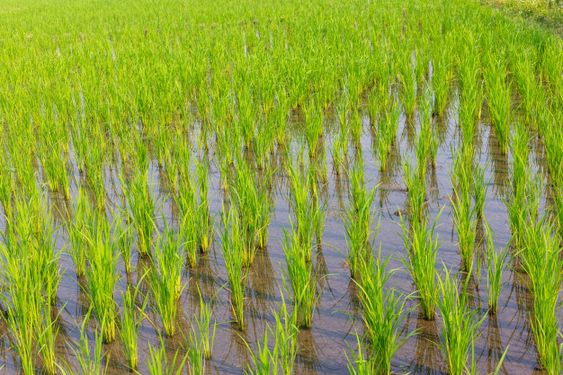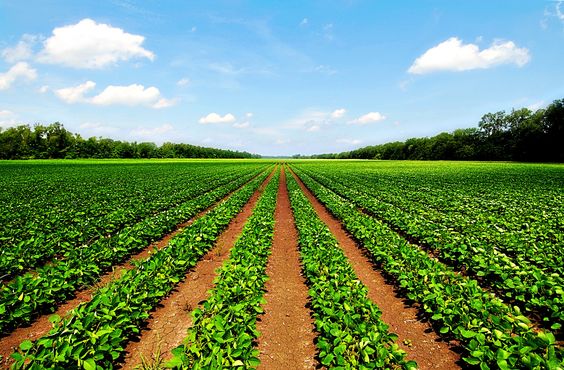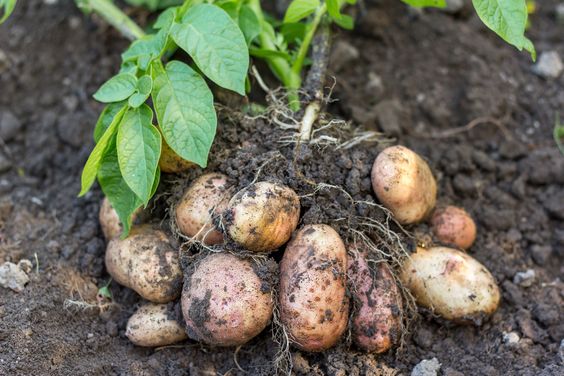quality of agricultural plants: How Smart Agriculture Optimizes Crop Quality
quality of agricultural plants In an era of growing populations and resource scarcity, the agricultural sector faces the crucial challenge of producing more food with less. Smart agriculture, a technology-driven approach, offers a multifaceted solution by not just increasing yields, but also by enhancing the quality of agricultural plants. This article delves into the intersection of smart agriculture and crop quality, exploring how various technological advancements are revolutionizing the way we cultivate superior produce.
Contents
Understanding Crop Quality: Beyond Just Quantity
Crop quality encompasses a range of factors that influence the marketability and nutritional value of agricultural products. These include:
- Physical characteristics: Size, shape, color, and absence of blemishes are key determinants of consumer appeal.
- Nutritional content: Levels of vitamins, minerals, and antioxidants contribute to a product’s health benefits.
- Safety: Minimizing pesticide residue and ensuring freedom from contaminants like pathogens are essential for food safety.
- Shelf life: The ability of produce to remain fresh for longer periods increases its value to consumers and reduces waste.
Traditionally, achieving optimal crop quality relied heavily on experience-based practices and intuition. However, the integration of smart agriculture technologies introduces a new level of precision and data-driven decision-making, leading to significant improvements in all aspects of crop quality.
Smart Technologies for Enhanced Quality
The toolbox of smart quality of agricultural plants is brimming with innovative solutions that empower farmers to cultivate superior crops. Here are some key technologies making a difference:
-
Precision irrigation: Sensors monitor soil moisture levels in real-time, enabling targeted watering based on specific crop needs. This optimizes water usage, prevents overwatering and waterlogging, which can lead to nutrient deficiencies and disease susceptibility. Consistent moisture levels also contribute to uniform size and improved fruit development.
-
Nutrient management: Sensors analyze soil composition to determine the exact amount and type of fertilizer needed for optimal plant growth. This targeted application minimizes waste and ensures plants receive the precise nutrients necessary for maximum nutrient content in the final product.
-
Environmental monitoring: Sensors collect data on temperature, humidity, and light levels. This allows farmers to create a microclimate tailored to the specific needs of each crop, promoting optimal growth and minimizing stress factors that can affect plant quality, such as sunscald or delayed fruit development.
-
Disease and pest control: Advanced monitoring systems employing traps, drones, and image recognition software can detect infestations at early stages. This enables targeted interventions with minimal pesticide use, leading to safer produce with minimal residues.
-
Precision breeding: Techniques like genetic selection and marker-assisted selection are being used to develop new crop varieties with enhanced disease resistance, superior nutritional profiles, and improved shelf life.
Data-driven decision-making: The cornerstone of smart quality of agricultural plants is the use of data analytics. By collecting and analyzing data from various sensors and field observations, farmers can gain valuable insights into their crops’ health, growth patterns, and environmental influences. This allows them to make informed decisions about resource allocation, irrigation schedules, and pest control strategies, all geared towards maximizing crop quality.
Benefits Beyond the Field: A Ripple Effect
The pursuit of superior crop quality of agricultural plants through smart agriculture extends its benefits beyond the farm itself. Consider the following:
- Improved food security: By ensuring a consistent supply of high-quality produce, smart agriculture contributes to food security, especially in regions facing resource limitations.
- Enhanced consumer experience: Increased focus on flavor, texture, and nutritional value leads to tastier and healthier food choices for consumers.
- Reduced food waste: Improved shelf life and reduced spoilage rates due to optimized growing conditions translate to less food waste at all points in the supply chain.
- Increased profitability: By producing high-value crops that command premium prices, farmers can enhance their profitability and invest further in smart agriculture technologies.
Challenges and Considerations
Despite its vast potential, smart quality of agricultural plants is not without its challenges. Here are some key considerations:
- Cost of technology: Initial investment in sensors, software, and other smart agriculture tools can be substantial, particularly for small-scale farmers.
- Digital literacy: Implementing smart agriculture solutions requires a certain level of technical expertise. Training programs and user-friendly interfaces are crucial for facilitating adoption.
- Data security: Secure data storage and communication protocols are essential to protect sensitive farm data from cyber threats.
The Future of quality of agricultural plants: A Smart and Sustainable Journey
Smart agriculture holds immense promise for the future of food production. By prioritizing crop quality alongside yield increases, these technologies can pave the way for a more sustainable and profitable agricultural sector. By overcoming the initial challenges and embracing continuous innovation, farmers can leverage the power of smart agriculture to cultivate high-quality produce that nourishes communities and secures a brighter future for food.
conclusion quality of agricultural plants, smart agriculture represents a paradigm shift in agricultural practices. By focusing on optimizing crop quality, these technologies offer a win-win solution for farmers, consumers, and the environment.




